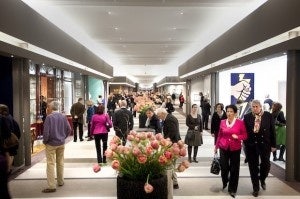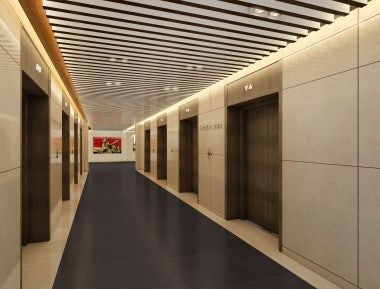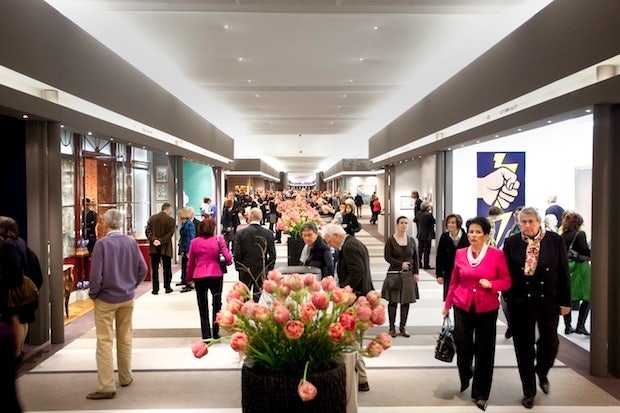Supply Tightening; Art Fairs Can Meet Chinese Demand For Top Quality#

Currently the world's second-largest art and antiques market, with sales of US$13.7 last year, China could soon play host to
Tefaf#
, the leading art and antiques fair. According to Bloomberg, Tefaf is currently in discussions with Sotheby's and its Chinese joint venture partner, Beijing GeHua Cultural Development Group, to bring the fair to China in 2014.
To date, Hong Kong has been the epicenter of Western-organized art fairs, as well as sales by auction houses like Sotheby's and Christie's that are blocked from operating independently in the mainland China market. However, with the cooperation of state-owned GeHua, the path may be far smoother for "Tefaf Beijing 2014" and other events to come.
Via Bloomberg:
“We feel now is the time to further develop our presence in China, one of the most important art markets,” Ben Janssens, chairman of the Netherlands-based fair’s Executive Committee, said in the release. “Tefaf is committed to contributing to the further growth of the market for European art in China.”
The 10-day annual event in a conference center on the outskirts of Maastricht is organized by dealers. This year’s 26th edition, which runs through March 23, features 265 exhibitors showing museum-quality pieces ranging from antiquity to the 21st century, valued at 4 billion euros.
In recent years, some dealers have said the fair’s location in a medieval town is inconvenient for international collectors who don’t have access to private planes.
Launched last fall, the Sotheby's/GeHua joint venture is aimed at leveraging a 83,000 square meter (893,405 square foot) freeport currently being developed by GeHua and slated to be built in Beijing’s Tianzhu Free Trade Zone by the end of this year.

Rumored to cost upwards of US$750 million, the freeport “will serve as a tax-advantaged storage location and provide a platform for art-related auctions and private selling exhibitions of non-cultural relics, traveling exhibitions, and educational activities,” according to a Sotheby’s report. Allowing Chinese collectors to purchase and store art more freely, avoiding concerns about import duties and scrutiny, the freeport plan could be one of the biggest things to hit the Chinese art market in decades. These anxieties about the ongoing tax crackdown in mainland China have dampened Chinese collector enthusiasm at some recent auctions in the Mainland as well as Hong Kong.
In addition to the freeport, having more art fairs, such as high-profile events like Tefaf, within mainland China would benefit the art market there. With supply tightening as more mainland Chinese collectors hang on to pieces for longer, auction houses have been hit by lower revenues and difficulty procuring top-quality artwork. International fairs like Tefaf could inject new life into the mainland collector market, enticing new Chinese collectors to boost their buying.
